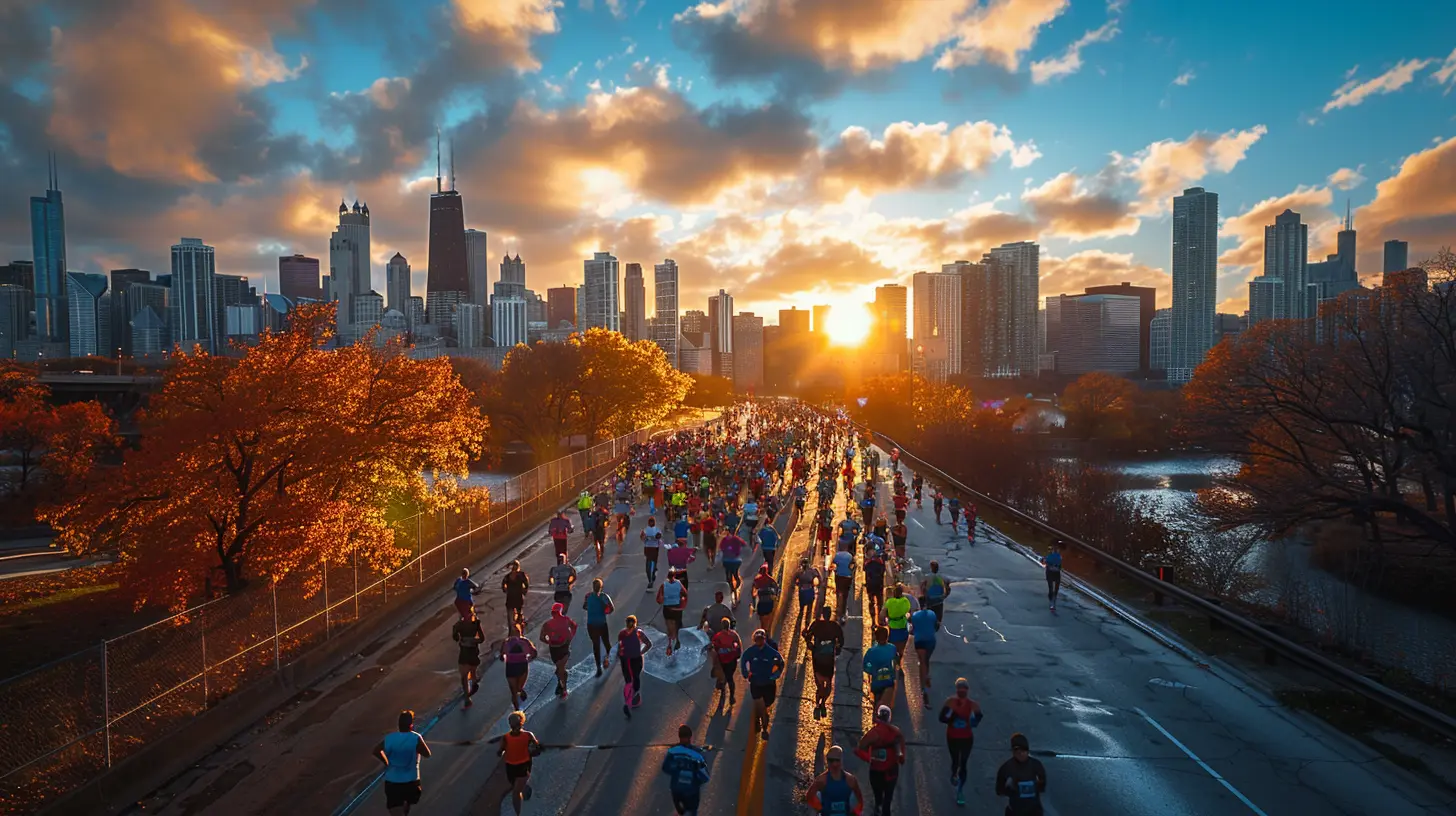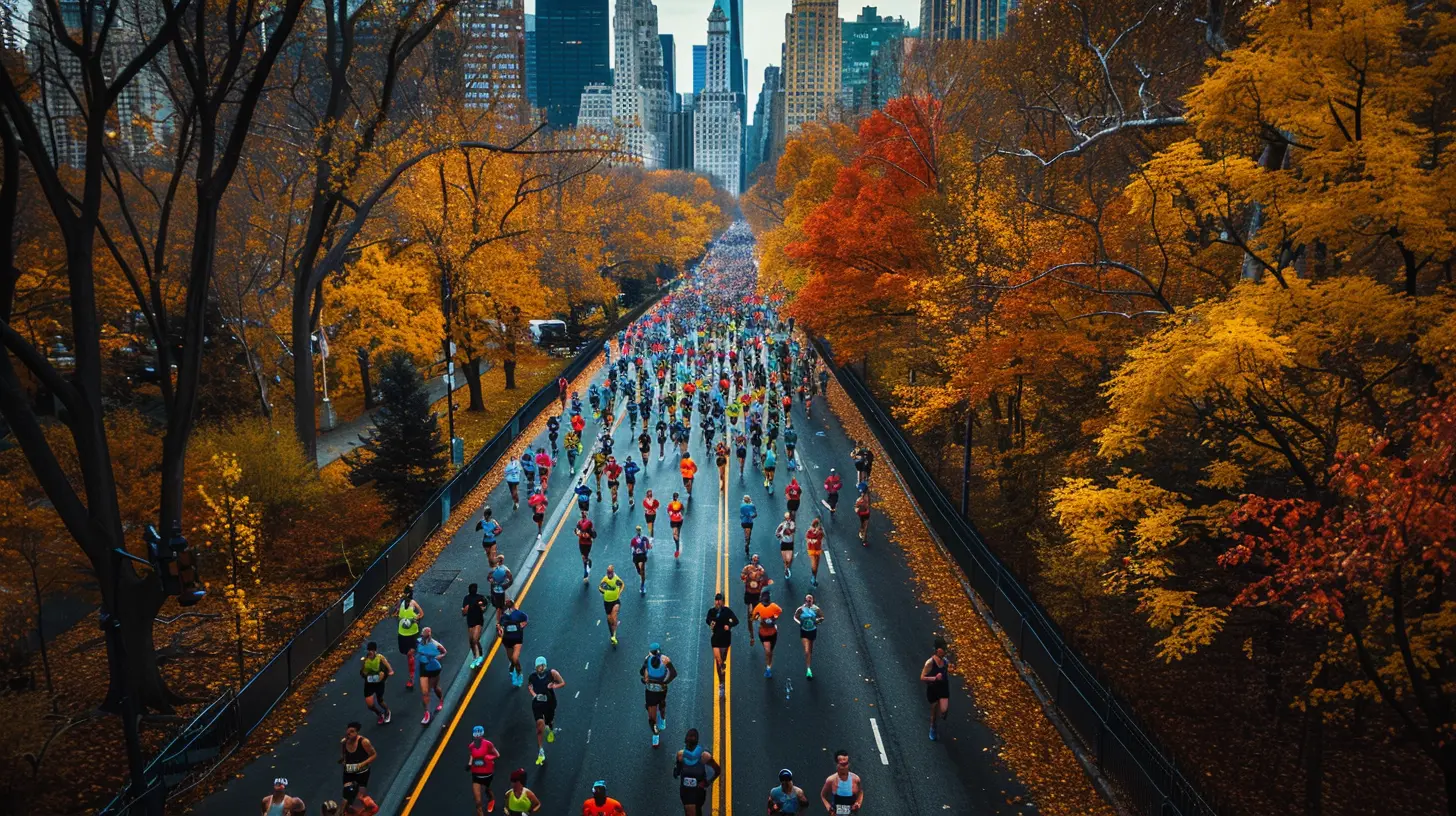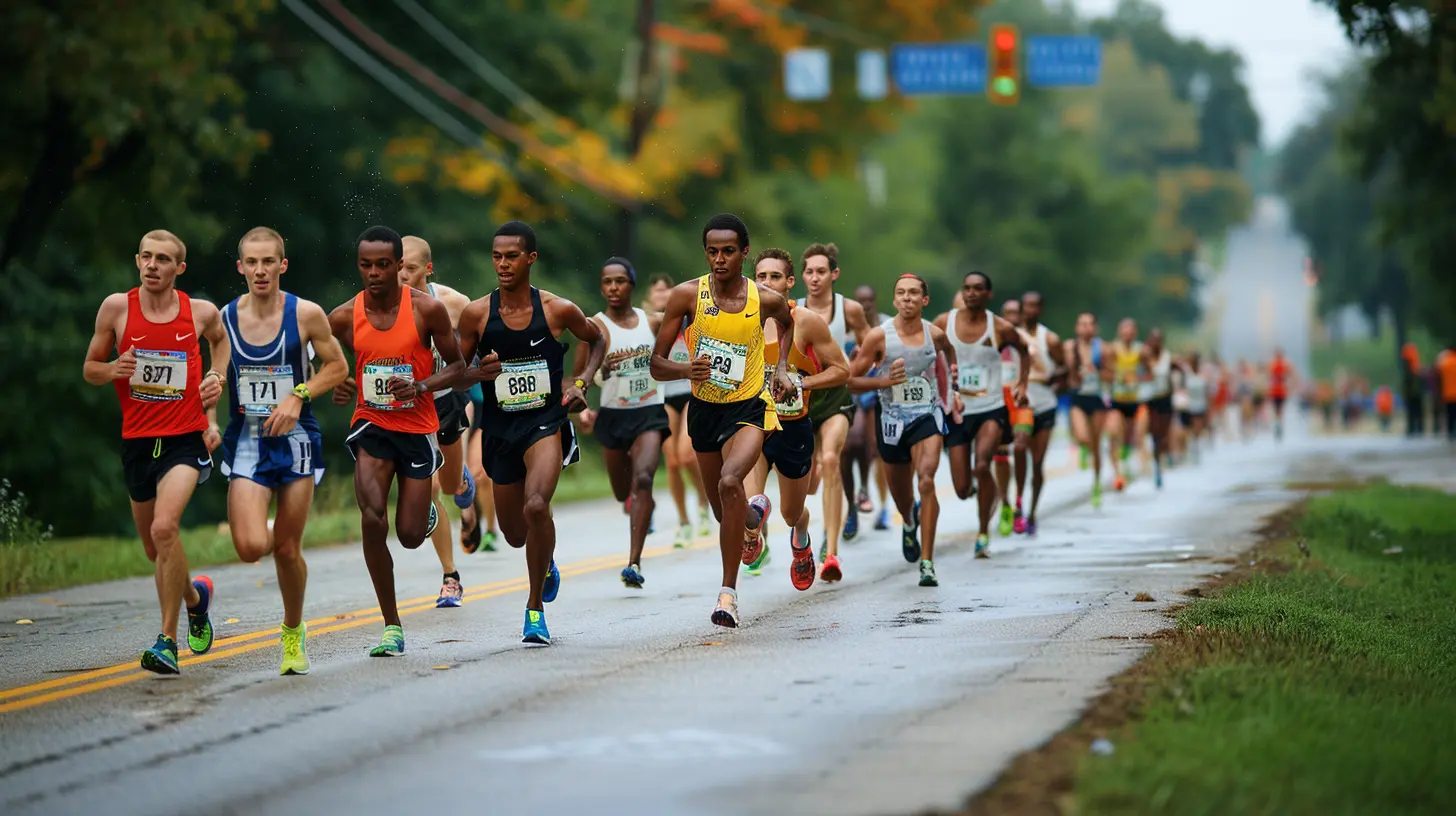The Best Warm-Up Drills for Marathon Runners
17 September 2025
Let’s be real — a marathon is no picnic. It’s hours of steady pounding on the pavement, fueled by grit, sweat, and maybe a few energy gels. But before you even toe the starting line, there’s something super important that could make or break your performance (and even help you avoid injury): a solid warm-up.
Now, if the first thing that comes to mind when you hear "warm-up" is half-heartedly jogging in place or swinging your arms around a few times, we need to talk. Because for marathon runners, warming up is a whole different beast.
Whether you're a first-time marathoner or a seasoned racer chasing a new PR, the drills you do before you run matter. Big time. So let’s dive into the best warm-up drills for marathon runners — because your body deserves more than just a quick shakeout.
Why Warm-Ups Matter More Than You Think
Ever tried to start your car on a freezing morning without letting the engine warm up? That sputter and hesitation? Your body does the same thing when you go from zero to marathon with no prep.Warming up gets the blood flowing, raises your core temperature, and preps your muscles, joints, and nervous system for the work ahead. More importantly, it reduces your risk of injuries like muscle strains or joint tweaks — the kind that could sideline your training for weeks.
Plus, your psychological game gets a boost, too. Think of it as flipping the mental switch from “sleepy Saturday” to “let’s crush 26.2 miles.”
What Makes a Good Warm-Up for Marathon Running?
Marathon warm-ups aren’t about wearing yourself out. Instead, they’re about gradually revving up your engine, waking up those running-specific muscles, and priming your form.A good warm-up typically includes:
- Dynamic movements (not static stretching!)
- Activation exercises to wake up glutes and core muscles
- Drills that mirror the motions of running
- Gradual build-up of intensity
Okay, now let’s break down the drills you should actually be doing.
Dynamic Warm-Up Drills to Fuel Your Stride
1. Leg Swings
Leg swings are like coffee for your hips — they shake off the stiffness and get things moving.How to Do It:
- Stand next to a wall or pole for balance.
- Swing one leg forward and backward in a smooth motion.
- Do 10–15 swings per leg, and then switch to side-to-side swings.
Why It Works:
This wakes up your hip flexors, hamstrings, glutes, and adductors — all key players in running stride efficiency.
2. Walking Lunges with a Twist
This multitasking drill stretches and activates at the same time.How to Do It:
- Take a long step forward into a lunge.
- As you sink down, rotate your torso toward the leg that’s in front.
- Alternate legs as you move forward for 10–15 steps.
Why It Works:
It opens up your hips, stretches your quads, and activates your core — all in one go. Bonus: It gets your brain involved with coordination.
3. High Knees
Classic, right? But there's a reason this drill has stood the test of time.How to Do It:
- Jog in place or move forward, bringing your knees up to waist height with each step.
- Pump your arms as if you’re sprinting.
- Go for 20–30 seconds.
Why It Works:
It gets your heart rate up, fires your hip flexors, and gets your nervous system ready to move fast — even if you're starting a slow and steady marathon pace.
4. Butt Kicks
Might feel silly, but trust us, your hamstrings will thank you.How to Do It:
- Jog forward or in place, kicking your heels up to your glutes.
- Keep your knees pointing downward.
- Go for 20–30 seconds.
Why It Works:
Activates your hamstrings and improves your turnover rate — fancy runner talk for “faster leg movement.”
5. Toy Soldiers (Straight-Leg Marches)
No, we’re not playing pretend here. This drill is all about stretch-meets-activation.How to Do It:
- Stand tall and kick one leg straight up in front of you.
- Try to touch your opposite hand with your toe.
- Alternate sides for about 10–12 reps per leg.
Why It Works:
You’ll stretch your hammies and prep your hips for that long running stride — especially great if you tend to run tight (who doesn’t?).
6. Skipping Drills
Yep, just like elementary school — but this time, it's seriously purposeful.How to Do It:
- Do high skips while driving your opposite arm.
- Focus on height rather than distance.
- Go for 20–30 meters.
Why It Works:
It enhances coordination, strengthens your calves and ankles, and teaches good running posture. Basically, skipping = secretly advanced running prep.
7. Carioca (Grapevine)
This lateral movement gets your legs communicating with each other in new ways.How to Do It:
- Move sideways by crossing one leg in front, then behind the other, in a quick, rhythmic motion.
- Keep your knees slightly bent and your core engaged.
- Continue for about 20 meters in each direction.
Why It Works:
It promotes lateral hip activation and joint mobility — essential for stabilizing your stride over long distances.
Muscle Activation: Fire Up the Right Engines
8. Glute Bridges
Most runners, especially the desk-bound variety, have sleepy glutes. Let’s wake ‘em up.How to Do It:
- Lie on your back with your knees bent and feet flat on the floor.
- Squeeze your glutes and lift your hips until your body forms a straight line from shoulders to knees.
- Hold for a second or two at the top, then lower down.
- Do 10–15 reps.
Why It Works:
Strong glutes = better propulsion and less stress on your knees. Skipping this? You're leaving power on the table.
9. Clamshells with a Band
Time to channel your inner clam. This one works magic on your hip stabilizers.How to Do It:
- Loop a resistance band around your thighs above the knees.
- Lie on your side with knees bent.
- Keeping your feet together, lift your top knee while keeping your hips stacked.
- Do 10–15 reps per side.
Why It Works:
This gets the crucial (and often underused) glute medius involved — key for balance and injury prevention.
10. Marching in Place with Knee Drive
This drill looks easy but adds a ton of intention, especially with form.How to Do It:
- Stand tall and lift one knee up to hip height.
- Drive the opposite arm like you're running.
- Pause and hold briefly each time to test your balance.
- Alternate sides for 20–30 seconds.
Why It Works:
Great for core stability and posture. It also teaches control at the same angles you’ll hit when you’re running.
Add Some Light Jogging (But Don’t Go All Out)
Once you're through your drills, ease into a light jog for 5–10 minutes. This part connects all the dots — physical and mental. It lets all that mobility and activation work translate into running mechanics, without jumping in cold.Use this time to settle your nerves, visualize your run, and get in the zone. Think of it as the final dress rehearsal before the main event.
What to Avoid Before a Marathon
Let’s clear the air on a few common pre-race mistakes:- ❌ Static stretching: Holding a hamstring stretch for 30 seconds might feel like you’re “doing something,” but it actually relaxes the muscle just when you want it activated. Save static stretches for post-run.
- ❌ Overdoing the warm-up: Remember, you need to conserve energy for the marathon. Your warm-up should energize you, not wear you out.
- ❌ Too much caffeine with no food: Yes, it’s tempting, but caffeine without fueling can lead to jitters or even stomach trouble around mile 10.
Final Pro Tips for Marathon Warm-Ups
- Customize your warm-up depending on the weather. Cold morning? Spend a bit more time drilling. Hot and humid? Don’t overheat.- Time it right. Try to finish your warm-up about 5–10 minutes before the race begins. That way, the benefits are fresh in your muscles.
- Stay loose while waiting in the corral — keep moving, do a few high knees or shakes, and stay mentally engaged.
Wrapping It Up
A good warm-up isn’t just a “nice to have” — it’s a performance booster, an injury preventer, and a mental cue that you're ready to battle 26.2 miles. Don’t treat it like background noise. Treat it like your secret weapon.Take 10–15 minutes before your marathon to move with purpose, activate the right muscles, and ease into the rhythm your body will hold for hours. Trust me, your future finishing-self (with medal in hand and a banana in the other) will be grateful.
So next time race day rolls around, don’t just wing it. Warm it up like a pro, and put your best foot — and stride — forward.
all images in this post were generated using AI tools
Category:
MarathonAuthor:

Uziel Franco
Discussion
rate this article
1 comments
Alisha McLaury
Great article! These warm-up drills are essential for enhancing performance and preventing injuries. Thank you!
October 3, 2025 at 11:04 AM

Uziel Franco
Thank you for your feedback! I'm glad you found the warm-up drills helpful for performance and injury prevention. Happy running!


